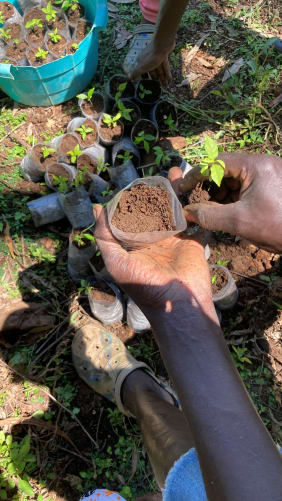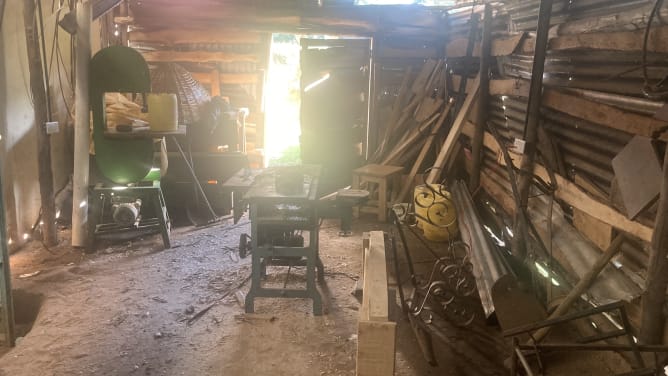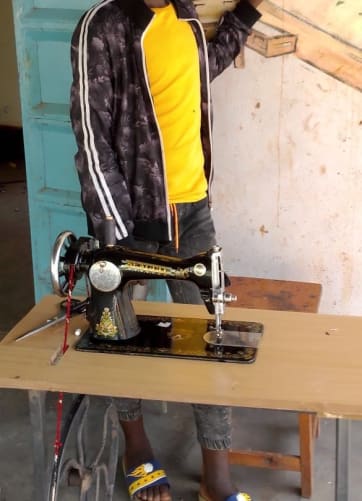Learning without financial worries
In our last project, thanks to many generous donors, we were able to give the young people in Migori a professional perspective. Thank you very much for your great support!
Thanks to this help, many young people are able to take advantage of the learning and work training programme and come to my father with enthusiasm and motivation. Most of the young people attend the learning centre for several weeks. Unfortunately, this endeavour is made difficult or even impossible for them due to long journeys, sometimes lasting several hours. Many young people are unable to cover these transport costs themselves, which is why my father has taken on the expenses for some time. However, he does not have the financial means to continue paying these amounts. As a temporary solution, my father has taken the young people into his home. As this is not a permanent solution, as my father’s house does not offer enough space, we would like to create accommodation for the young people with your help.
Guaranteed participation regardless of where they live
By building their own accommodation, the young people have the opportunity to explore further areas of learning in their development alongside my father. My father can teach them about cooking, washing and other everyday tasks. They can also practise living independently and have their own private space. Another big advantage of this project - the daily transport costs are eliminated!
Budget for the construction of the accommodation
On the picture you can see how high the total costs (9’360 CHF) will be. My father and I were unsure whether we could really reach such a high amount. That’s why we set a partial target of CHF 7’000 to be on the safe side. If we reach 100% of the amount, these donations are guaranteed. We still have the chance to raise more money in the given time and reach the required final amount.
Cost points: The accommodation will be a traditional Kenyan house. First, my father will build a shell of wood and earth with the help of the village and the young people. The interior and exterior walls are then stabilised with a cement mixture. In addition to certain intermediate steps, such as laying pipes for electricity and water, the roof construction follows. The water supply is ensured by a water tank that collects the rainwater. A conventional kitchen is not considered in traditional Kenyan house construction, as they prefer cooking on the fire.





